Over centuries, Yoga has undoubtedly been the most effective form of well-being practice. It embodies unity of mind and body; thought and action; restraint and fulfilment; harmony between man and nature; a holistic approach to health and well-being. ICE Today took a deep dive into this profound way of life with some of the most popular yoginis in Dhaka. Here are the excerpts:
Anika Rabbani

What are a few good reasons why everyone should practise yoga regularly?
For health reasons: We all want to have energy, look youthful and feel good- yoga delivers that and so much more! It boosts circulation, and metabolism and keeps the spine, and joints supple and healthy. It works on the lymphatic system, ridding the body of toxins and protecting it from various ailments. Before modern medicine came along, people looked to yoga and ayurveda to stay healthy, and the world seems to be gazing back towards old healing practices with fresh eyes once again. Add to that mental peace and equanimity, better breathing practices keep the body in a healthy alkaline state where health is nurtured in the most holistic way possible – body, mind, and spirit. Yoga makes you healthy inside and outside, and that is why everyone should practice yoga regularly.
As a yoga teacher, what is the most important takeaway you want your students to have after participating in a session?
I want them to understand that we are connected to all other beings and to nature, to believe in universal love and that we are one. To have no jealousy, hate, or division among people, to love and get on with each other, and to evolve their consciousness and their hearts.
Anita Aparna Muyeed
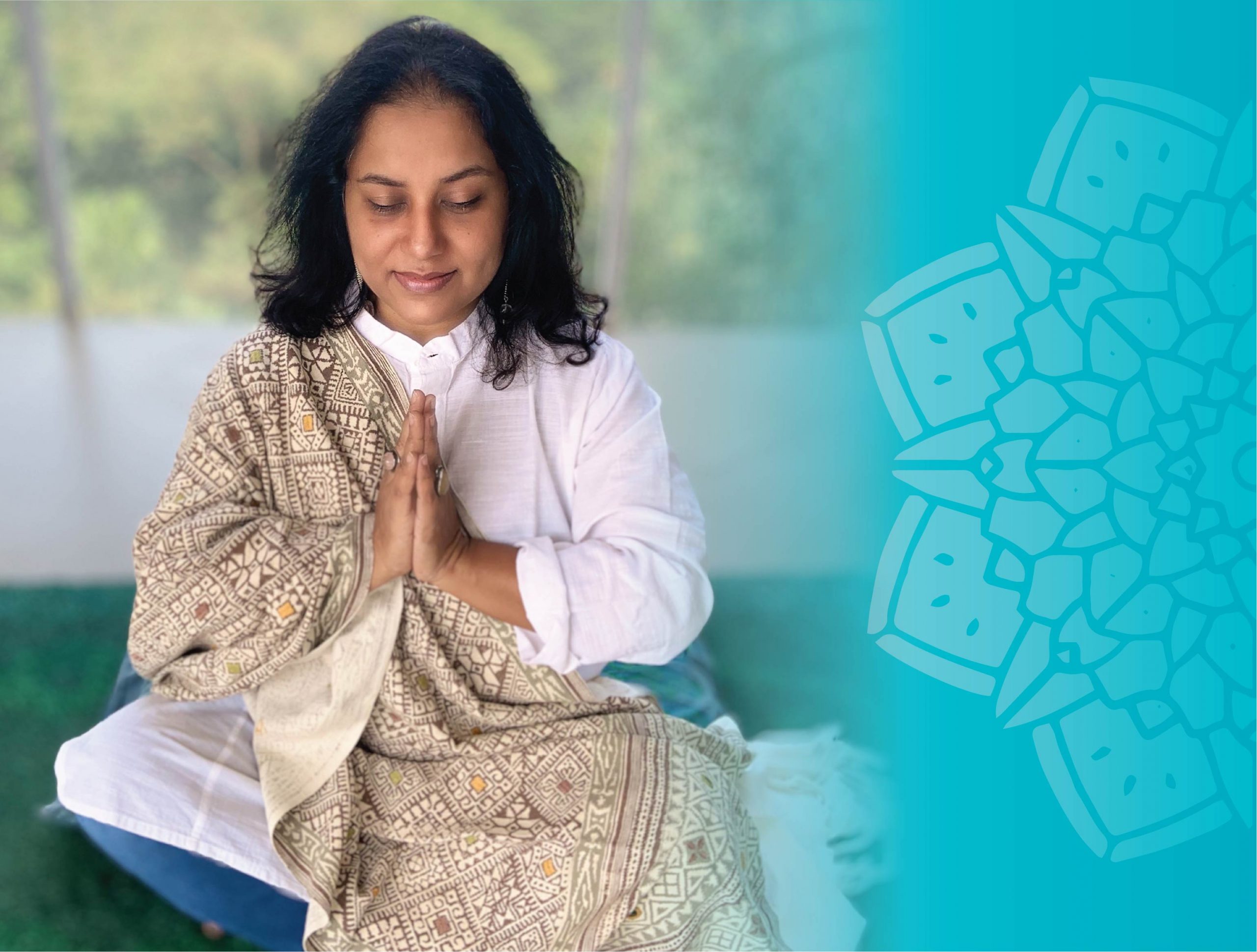
How has practising yoga impacted your life?
After my first yoga class at the age of 16, I felt light, giddy and filled with uplifted energy, and since then, I knew yoga was for me. I now know the definition of yoga- the union of the little self with the higher self. I imagine that the uplifted energy I had experienced as a teenager was only a glimpse of the consciousness of my Higher Self. Through all stages of life, including crises, celebrations, health challenges and mental and emotional fluctuations, yoga has never ceased to uplift and empower me. Yoga practice makes me stronger not only physically, but also mentally, emotionally and spiritually. On an everyday level, it helps me be braver, calmer, kinder, happier and perhaps even wiser. And as yoga helps to attune me to my inner alignment, life seems a whole lot easier than it would have been otherwise.
What has been the most rewarding aspect of being a yogini and an instructor?
The greatest blessing of being a yogi and instructor is the opportunity to serve a great lineage of yoga masters and to share the yogic wisdom they gifted to humanity. It is rewarding to bear witness to the growth of those who adopt these teachings, whether they simply enjoy increased physical health and vitality, increased mental clarity, emotional balance, and/or spiritual growth. Needless to say, teaching in itself, has spurred my own personal growth.
Dyuti Singh
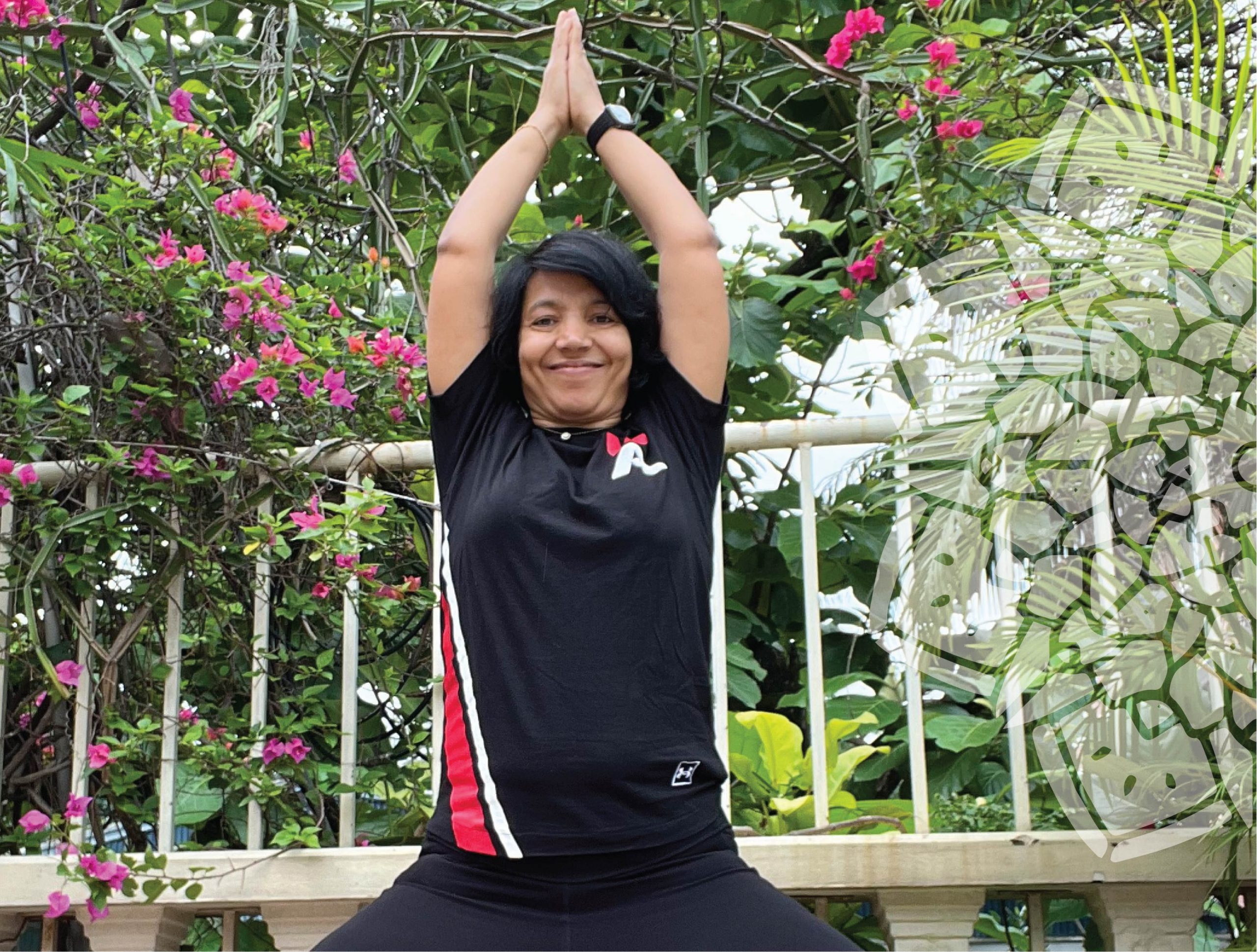
What are the few misconceptions most people in our country have about yoga?
The biggest misconception about yoga is that it belongs to a certain religion or spirituality, perhaps due to the recital of mantras. At the time yoga originated, Sanskrit was the language of communication, and most mantras have a deep meaning related to world peace. You can practise your religion and still be a yogi. Yoga is a way of life, practise it without prejudices to enhance your physical and mental well-being. The second misconception is that you need to be a certain age or be physically fit to do yoga, but yoga is for everyone. Another misconception is about what you need to wear to do yoga. You simply need comfortable and breathable clothes and a sturdy soft surface.
Yoga connects the body to the mind like no other sport. Each posture has a meaning and also reflects a mental attitude. How does yoga affect our mental health?
Yoga has many aspects, such as asanas that improve strength, endurance and flexibility. But the most unique part of Yoga is Pranayama, a set of breathwork techniques to control mental well-being. Through breathwork, one can control one’s mind and subsequently the body’s response. Top sprinters, divers, and football players are increasingly using Yoga to beat stress which is the side-effect of competitive sports. The increased oxygen supply through controlled breathing calms the nerves and brings mental clarity.
Faria Khan
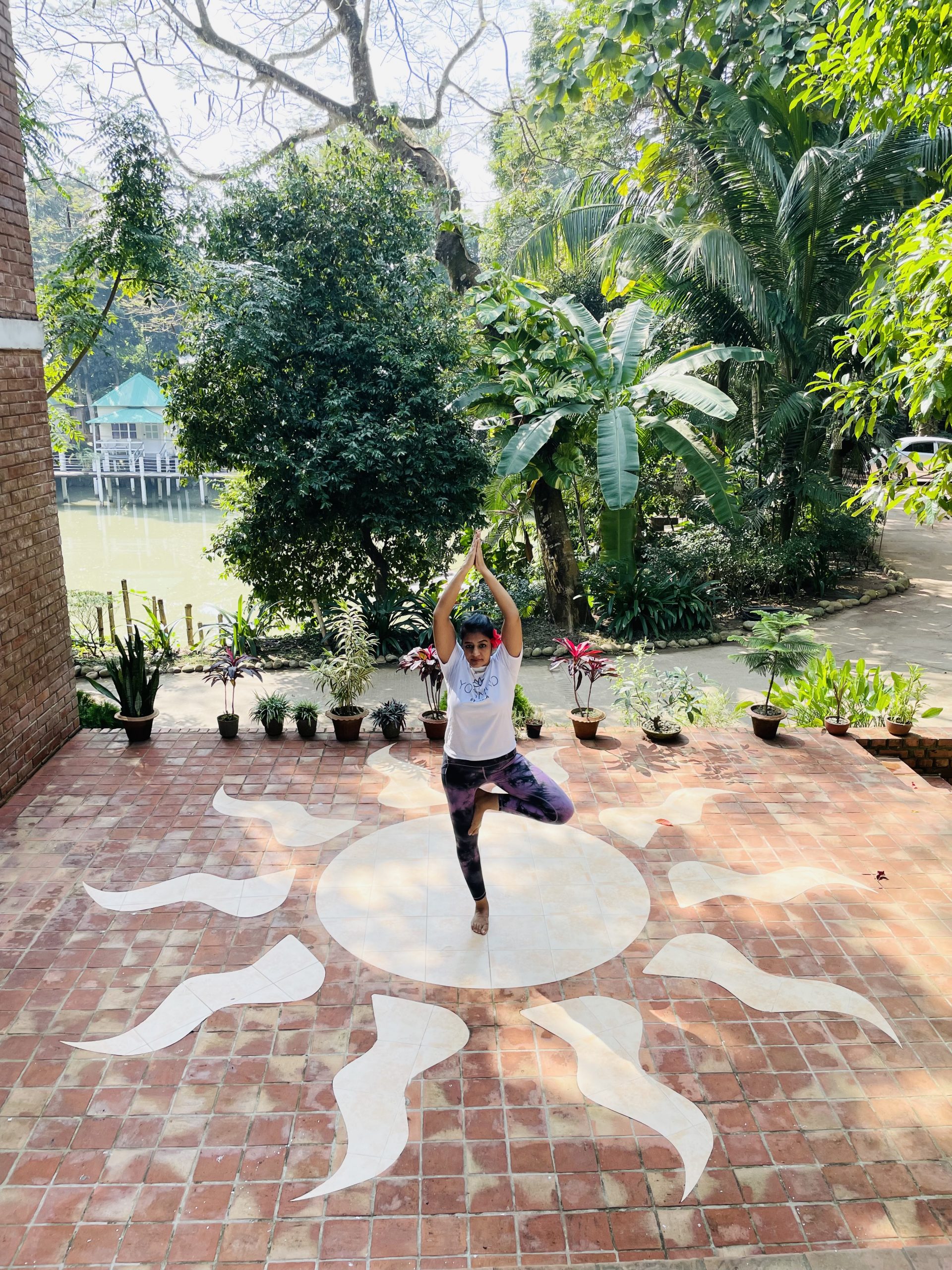
What advice would you give to someone who has never done yoga but wants to start? What is the best way to begin? What are some things to keep in mind?
Newcomers who have never done yoga should start with beginner-level light stretching. Pranayama is safe for everyone. One should practice mindfulness in every aspect of life. But beginners should remember that regular yoga practice makes our body flexible; only after that can we start intermediate to advanced levels, which will help us to reduce weight.
Do you have a favourite asana? Which is it and why?
My favourite asana is Chakrasana or Wheel posture. It gives me a feeling that is an equal amount of strengthening and stretching.
Shazia Omar
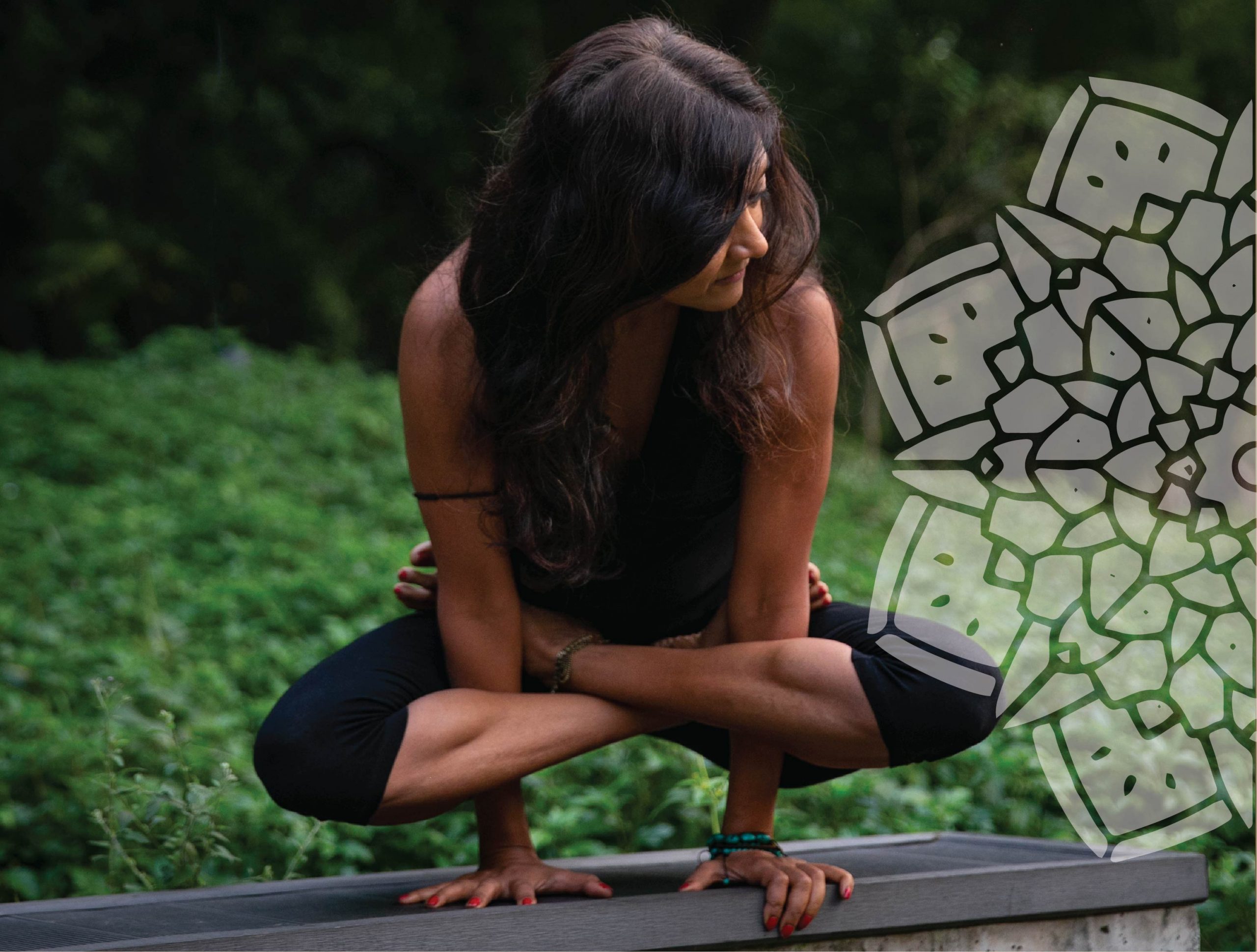
How has practising yoga impacted your life?
Yoga has helped me develop a deeper understanding of myself and my role in my community. It has helped me establish a healthy lifestyle that has kept me afloat in times that I’ve dipped, and helped me flourish in times that I’m thriving. Yoga has helped me understand the cyclical nature of time, the beauty of the moment, and the hidden strength within me.
How can yoga benefit people with stressful careers? Any tips on how to incorporate yoga into their hectic daily schedules?
Yoga requires commitment, passion and discipline. One has to choose to make time for it. For me, that’s easy, because I see how much everything else improves afterwards. If you have a presentation or task to complete, you will do it more efficiently and creatively, after yoga! So it’s worth taking the time, no matter how busy you are, to do your yoga first.
I wanted to organise Dhaka Flow: Festival of Yoga and Wellness to showcase that there are many different types of yoga, and different ways to be healthy. It’s important to find the right path for oneself, otherwise, there will be no resonance, no traction. I also believe a healthy mind and body, lead to a healthy family, community and city. In order to heal the planet and make the best version of Bangladesh, we have to do the inner work first.
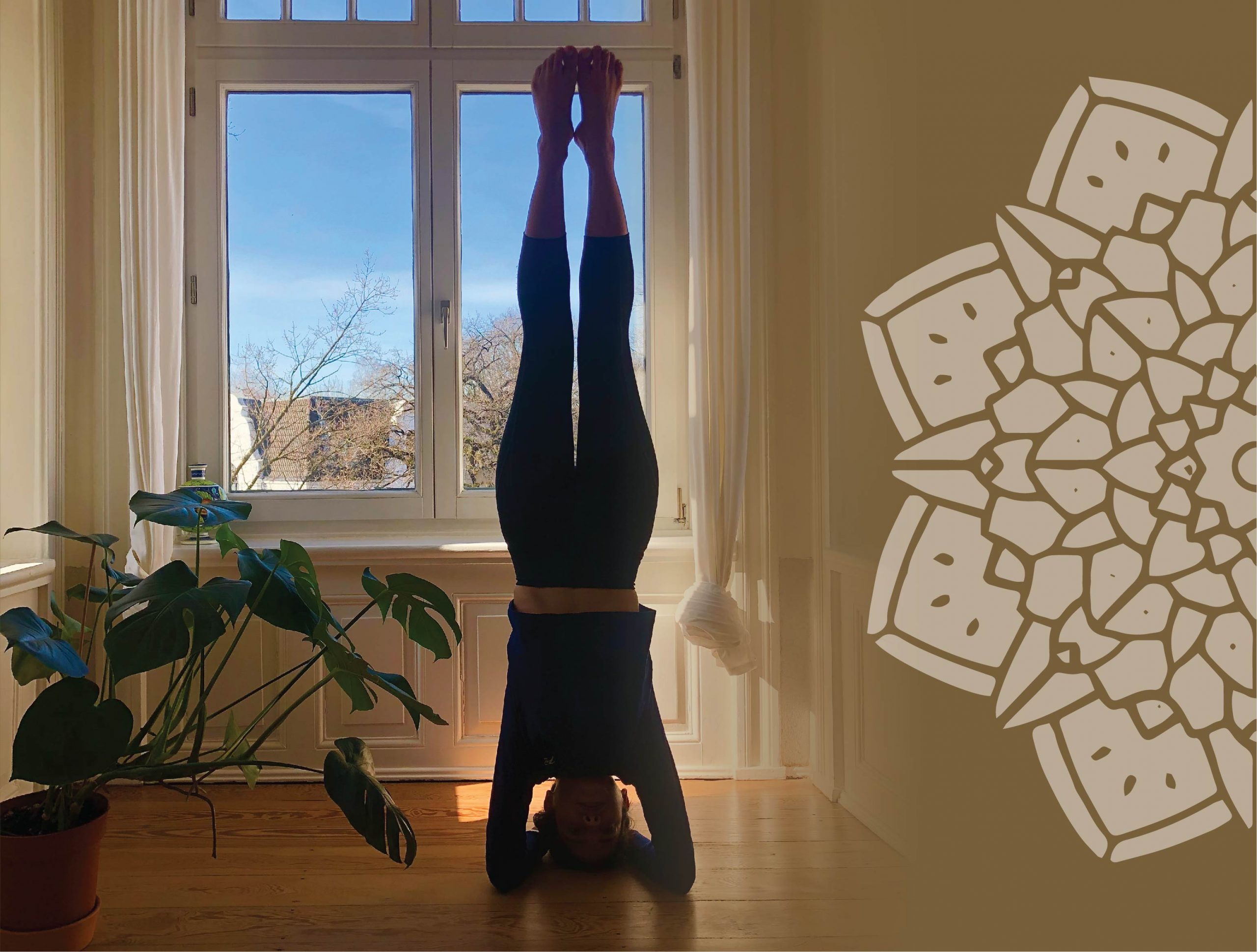
What advice would you give to someone who has never done yoga but wants to start? What is the best way to begin?
Start today, and do not quit after the first session. Yoga truly is for everyone. If you don’t take to it at first, it doesn’t mean it isn’t for you, but rather that you need to find a different school, teacher or group. The best way to begin is to start with an open mind and to set yourself a realistic goal. And like most other things in life, the journey gets better with time and practice!
Do you have a favourite asana? Which is it and why?
Just the one? I love a good headstand (Shirshasana). I used to be massively intimidated by it, and I was well into my 20s before I tried it. I appreciate this asana because while it does require balance, core strength and engagement are key, as it helps position the hips correctly, and extend the hip flexors allowing the legs to be vertical. I also enjoy Warrior II (Virabhadrasana II), as well as Savasana to let go, release tension, calm down and realign!
